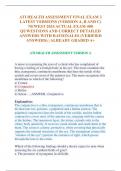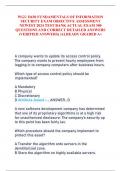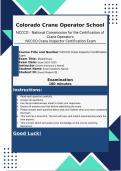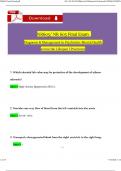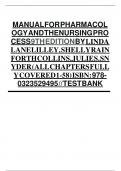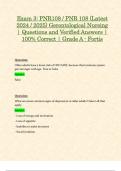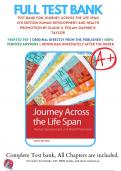Tentamen (uitwerkingen)
ATI HEALTH ASSESSMENT FINAL EXAM 3 LATEST VERSIONS (VERSION A, B AND C) NEWEST 2024 ACTUAL EXAM 400 QUWESTIONS AND CORRECT DETAILED ANSWERS WITH RATIONALES (VERIFIED ANSWERS) | ALREADY GRADED A+
- Instelling
- ATI HEALTH ASSESSMENT FINAL
ATI HEALTH ASSESSMENT FINAL EXAM 3 LATEST VERSIONS (VERSION A, B AND C) NEWEST 2024 ACTUAL EXAM 400 QUWESTIONS AND CORRECT DETAILED ANSWERS WITH RATIONALES (VERIFIED ANSWERS) | ALREADY GRADED A+
[Meer zien]
